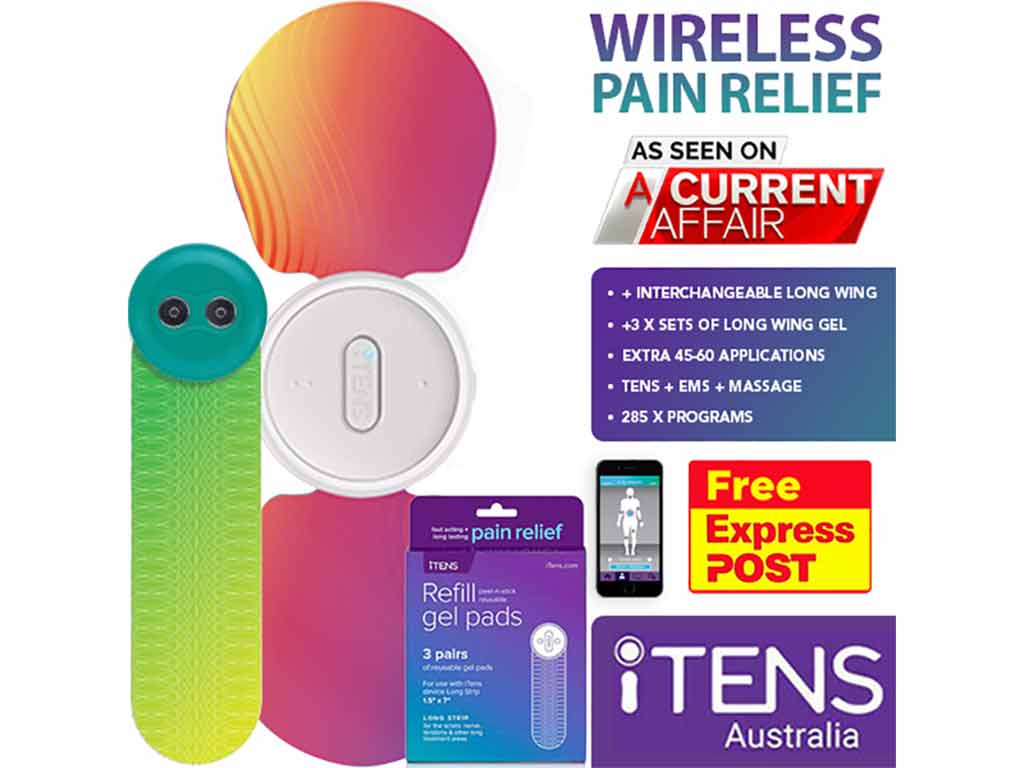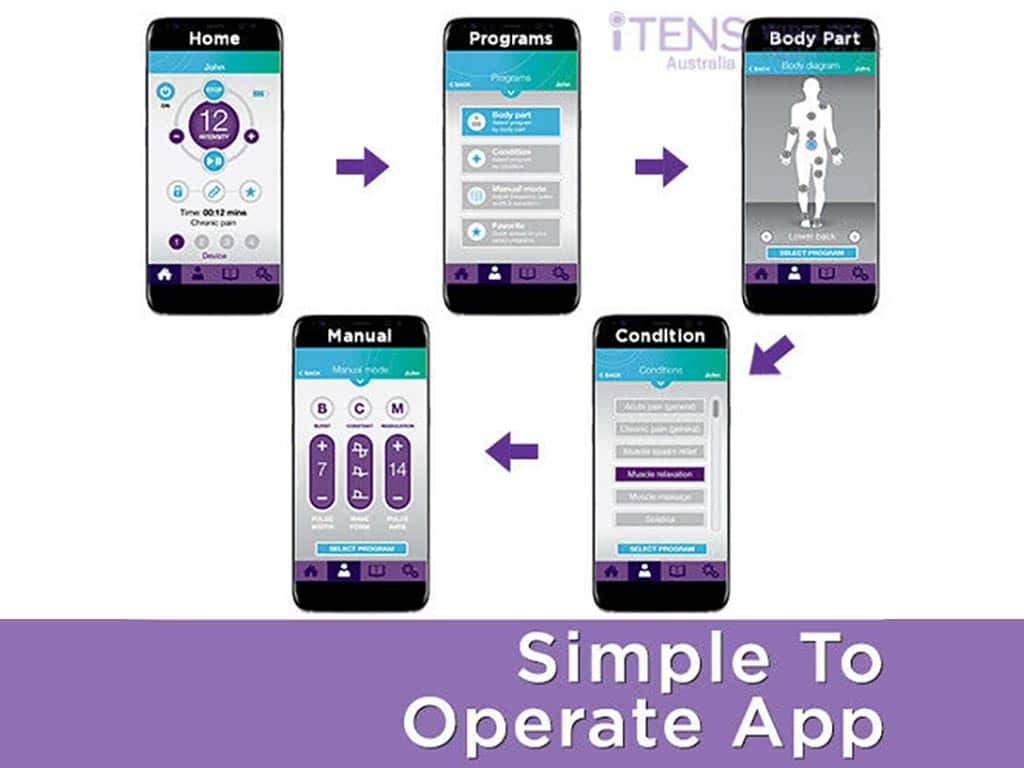
TENS and neuropathic pain, when addressed together, highlight the significant potential of electrotherapy in pain management. Transcutaneous Electrical Nerve Stimulation (TENS) operates by sending gentle electrical impulses to the affected area. This process aids in blocking pain signals and triggers the release of endorphins. Preliminary studies indicate that TENS therapy might provide relief for individuals enduring neuropathic pain. However, it is crucial to consult a healthcare professional before beginning any therapy.
Neuropathic conditions are complex ailments that arise from damage or dysfunction of the nervous system. The pain scale of these conditions is debilitating, affecting millions of people worldwide. Traditional treatments often fall short of providing pain control, leading many individuals to seek out alternative methods. One such method is the use of electric nerve stimulation. This article will explain what TENS for neuropathic pain is, including its functions and correct usage.
What is a TENS and Neuropathic Pain?
TENS and neuropathic pain, also known as nerve pain, are closely related in the field of pain management. TENS is a therapeutic method that can alleviate neuropathic pain, a type of pain caused by damage to the nervous system. This method involves applying low-voltage electrical impulses through electrodes on the skin, aiming to disrupt pain signals and provide relief.
The symptoms of nerve pain can vary greatly from person to person. However, some common symptoms include shooting or burning pains, numbness and heightened sensitivity to touch. The pain is often a sharp, electric-like, or even stabbing sensation. Additionally, people with nerve pain may experience muscle weakness or loss of coordination, sleep disturbances, and emotional distress.
TENS units for nerve pain are available in the market with different functionalities. The most common TENS have wires and are operated with disposable batteries. Meanwhile, as technology advances, TENS can come in wireless and rechargeable battery services. Also, some TENS provide preset programs for the direct treatment of a specific type of ache, including nerve pain in adults.
Types of Neuropathic Pain
- Peripheral neuropathy: it is a painful condition caused by damage to the peripheral nerves. Symptoms include numbness, tingling, and burning pain in the hands and feet.
- Diabetic neuropathy: it results from nerve damage caused by high levels of blood sugar. Symptoms include numbness, pain, and weakness in the legs and arms.
- Trigeminal neuralgia: it causes severe facial pain due to irritation of the trigeminal nerve. The pain is often sharp, shooting, and electrical.
- Postherpetic neuralgia: it occurs after a shingles infection. The pain can persist long after the rash has healed.
- Phantom limb pain: the person feels pain in the missing limb.

TENS and Neuropathic Pain – How It Works to Alleviate Pain
TENS and neuropathic pain work by sending electrical impulses to the nerves via electrode pads. Accordingly, the mechanism through which TENS alleviates radicular pain involves a few key concepts. The use of TENS can prompt the release of endorphins, the natural painkillers of the body. Endorphins bind opioid receptors in the brain and spinal cord, reducing the pain in people.
Another fundamental concept of the operation of TENS is the Gate Control Theory of Pain. According to this theory, the nervous system contains a gate that controls the transmission of pain signals to the brain. When TENS delivers electric stimulation, it activates non-painful sensory nerves. As a result, it helps close the gate and blocks the pain signals. Thereby, it provides a reduction in pain intensity and pain scale.
Furthermore, the frequency of electrical stimulation plays a crucial role in determining the treatment of pain. High-frequency TENS typically operates above 50 Hz. This type of stimulation is beneficial in managing acute neuropathic conditions. Meanwhile, low-frequency TENS operates below 10 Hz and is often referred to as acupuncture for pain. This stimulation is valuable for chronic pain conditions.
Frequency and Intensity Guide
Frequency refers to the number of electrical pulses that the machine delivers per second to the affected area. This measurement is typically expressed in Hertz (Hz). Moreover, the frequency of TENS therapy can vary, and different frequencies can produce different effects.
TENS intensity, on the other hand, refers to the strength of the electrical pulses. It is often measured in milliamps (mA). It is crucial to start at a low intensity and gradually increase if needed. The goal is to reach a level that is strong enough to provide pain relief without causing discomfort or muscle contractions.

TENS and Neuropathic Pain – How to Use the Device
TENS and neuropathic pain involve simple and easy steps. Before starting TENS treatment, it is vital to consult a medical professional to ensure it is suitable for the specific condition. Once the go-ahead is given, the user should ensure that the TENS device has fresh batteries or is adequately charged. Attach the electrodes to the machine using wires or connect them via Bluetooth to a smartphone.
To prepare the treatment area, the person should place the pads following the proper electrode placement. After the electrodes are in place, the user can turn on the device. It is advisable to start with the lowest settings and gradually increase to a comfortable level as needed. The individual should pay attention during the 15 to 30-minute treatment session.
Once complete, the user has to turn off the device and remove the electrodes. Overall, TENS therapy can be a valuable tool in pain control. It can help to reduce the burden on people with neuropathic pain and improve their quality of life. Individuals can use the device for a few hours per day to provide relief in daily life.
Electrode Placement
To provide pain relief through electric nerve stimulation, it is essential to first identify the source of the nerve ailment. Before placing the pads on the skin, people should clean and dry the treatment region. Then, they should strategically place the electrodes to cover the affected nerve pathways.
If the initial pad placement does not provide adequate relief, people can carefully adjust the electrode position. It is vital to seek medical help or read the user manual for precise pad placement. This will help ensure that electric nerve stimulation targets and effectively relieves pain in patients without causing skin irritation.
Conclusion
TENS and neuropathic pain management have become increasingly intertwined, as TENS is an effective method for alleviating neuropathic discomfort. It works by sending electrical impulses to nerves, releasing endorphins and blocking pain signals through the Gate Control Theory. High-frequency TENS is better for acute pain, while low-frequency TENS suits chronic conditions. This therapy offers a non-invasive, drug-free option for pain relief. However, it is essential to consult a medical professional before starting TENS treatment.
Using TENS therapy for neuropathic pain involves straightforward steps like consulting a medical professional, preparing the device, and correctly placing electrodes. It is crucial to start with low settings and adjust as needed. Proper electrode placement, guided by medical advice or a manual, is key to targeting the pain effectively without harming the skin. This therapy offers significant pain relief, enhancing the daily life of those suffering from neuropathic pain.




















